Jalapeno logo
March 2025
Our friends at Jalapeno had a beautiful handwritten typeface logo. Our job was to bring it to a higher level of spiciness. We rendered a model, added lighting and made an animation.

Our friends at Jalapeno had a beautiful handwritten typeface logo. Our job was to bring it to a higher level of spiciness. We rendered a model, added lighting and made an animation.
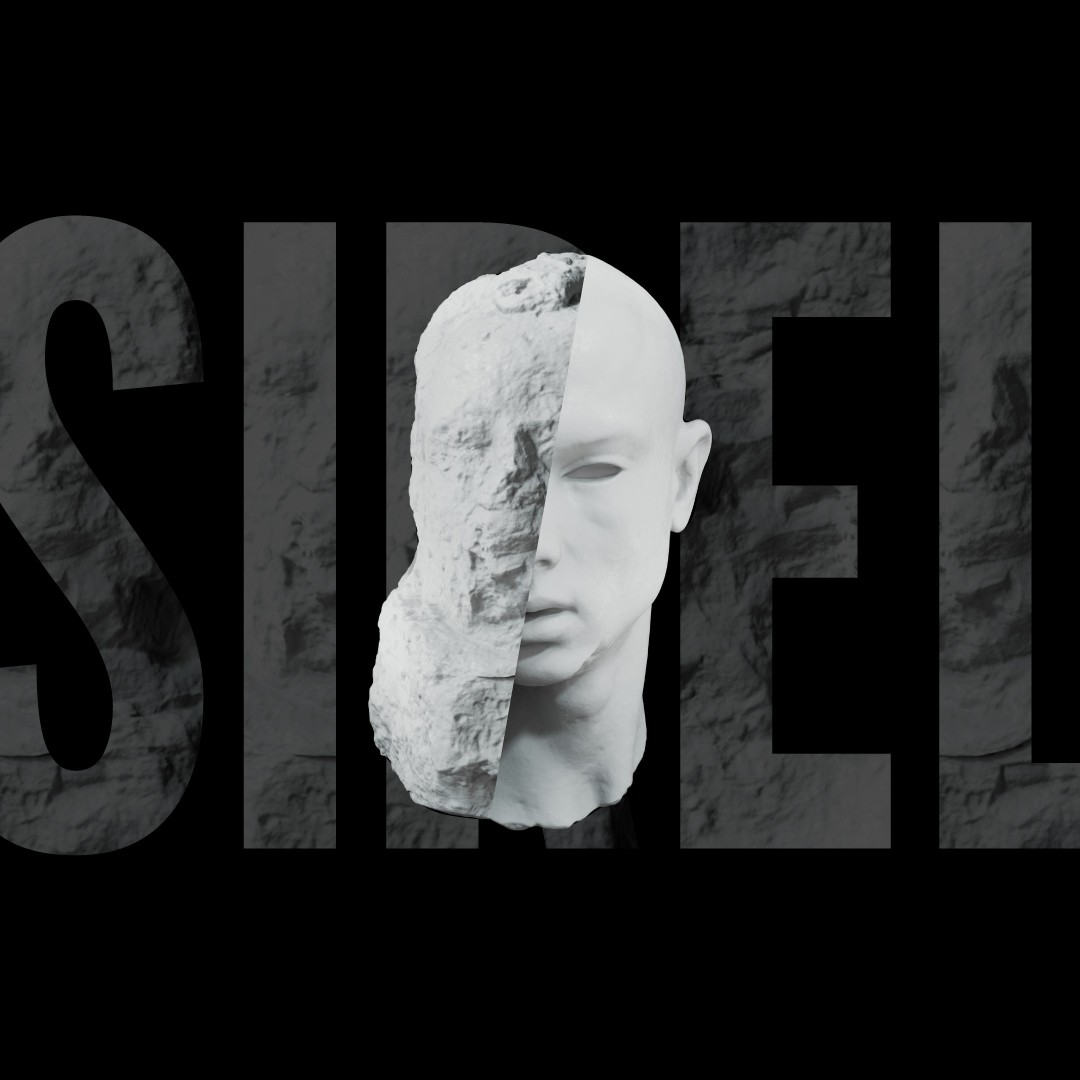
3D imaging, rendering and morphing for the art exhibition “Lilac”, which brings together works by Eduard Wiiralt, Kristjan Teder, and Jass Kaselaan.
Through the expressive – and at times contradictory – works of these artists, a nuanced whole takes shape, centred on the fundamental choices a person faces: the tension between anonymity and individuality, the one and the many, the original and the copy.

Our task was to create a digital model that is also suitable for 3D printing. The ship model consists of 277 parts, which were printed, painted, and assembled by our partner, 3DKoda.
Since the model was designed based on factory drawings, it is the most accurate model of MS Estonia.

As part of the project, clay-like 3D renderings were created. The goal of the project was to showcase our offered services.
We created the project source file and utilized modeling, texturing, and animation skills in Blender.
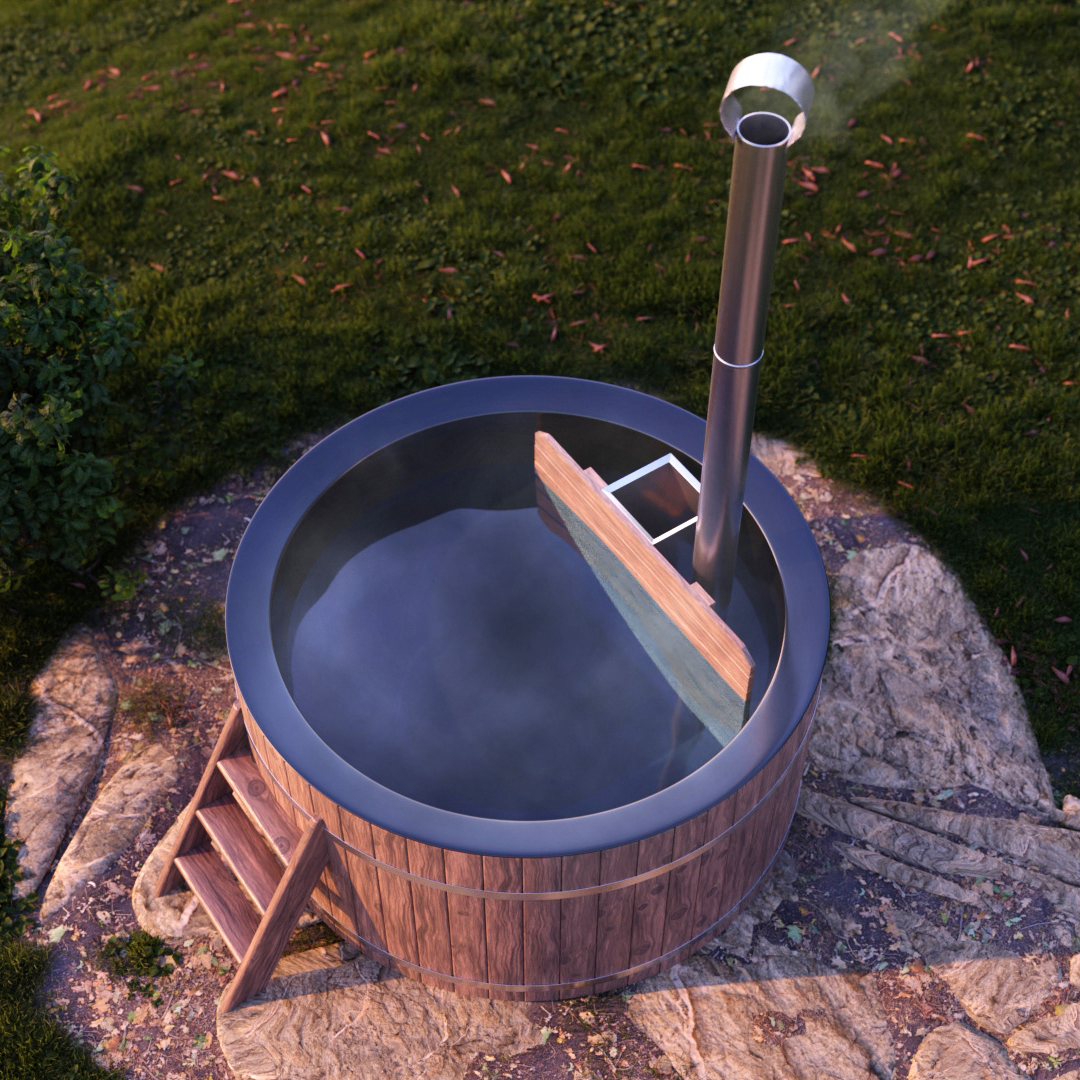
3D visualization of a Barrel Sauna for Baltic Loghouse. The aim of the project was to use rendering for marketing purposes, on the website, and in print materials.
We modeled the Barrel Sauna based on its dimensions and images, added textures, and created the surrounding environment.

We partnered up with Futuruum to create an interactive VR classroom for kids that are interested in science and space.
In this VR classroom, you can run simulations, do calculations, visit the planetarium and more.

Huum needed product shots for their latest sauna heater at the time. The heater is separated into different parts, enabling to create various animations.
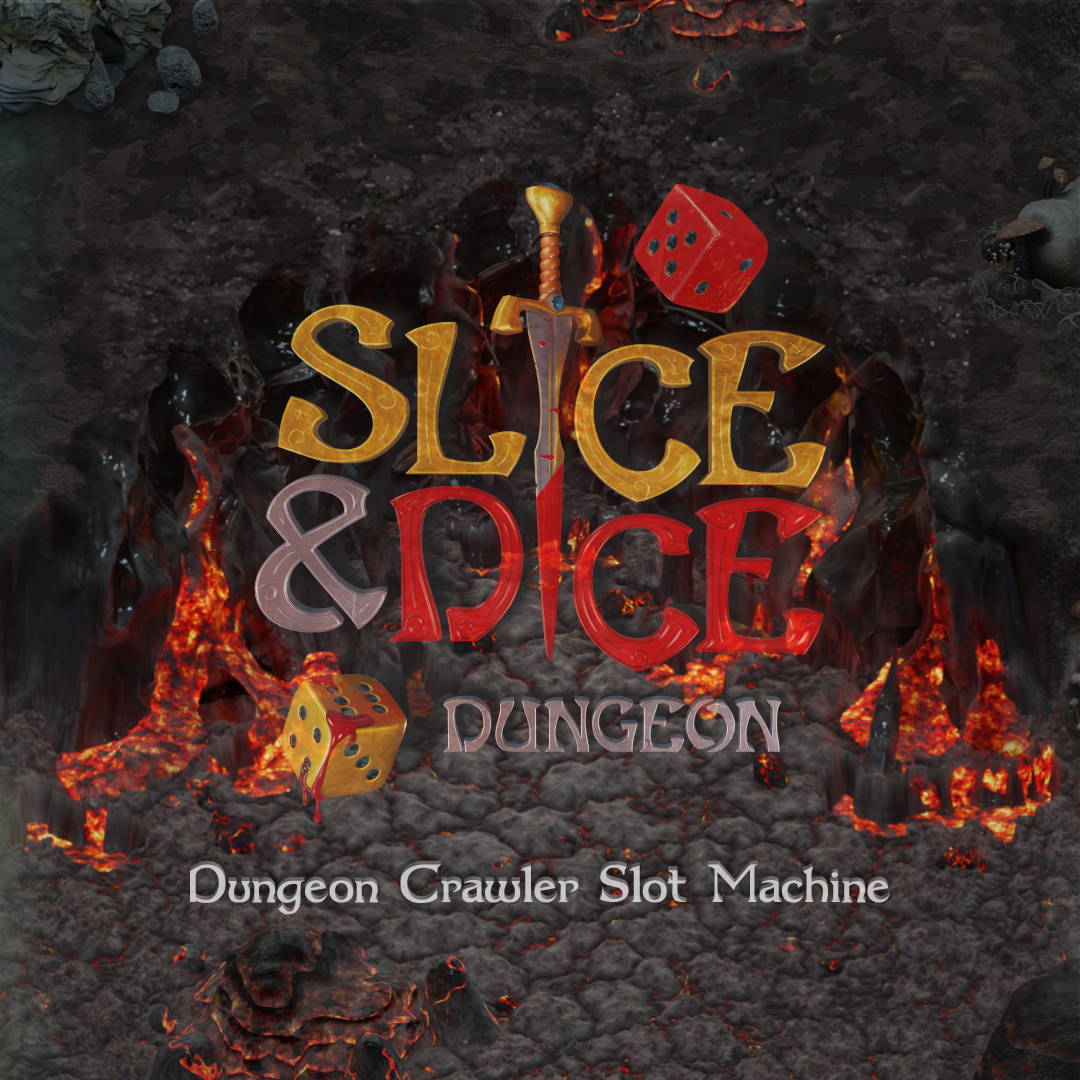
The mission was to create a large amount of 3D models for an interactive RPG-style casino game.

In the vast panorama of art and technology, a fusion is taking place – a marriage of imagination and digital prowess that is birthing landscapes of wonder, often termed as “Dreamscapes”. These surreal worlds in 3D, rendered to perfection using tools like Blender, transcend the boundaries of reality, plunging us into realms where the laws of physics bow to the whims of creativity. However, as ethereal as these landscapes appear, they remain mostly hidden, explored by only a handful, despite their transformative potential in arenas such as virtual-reality gaming.
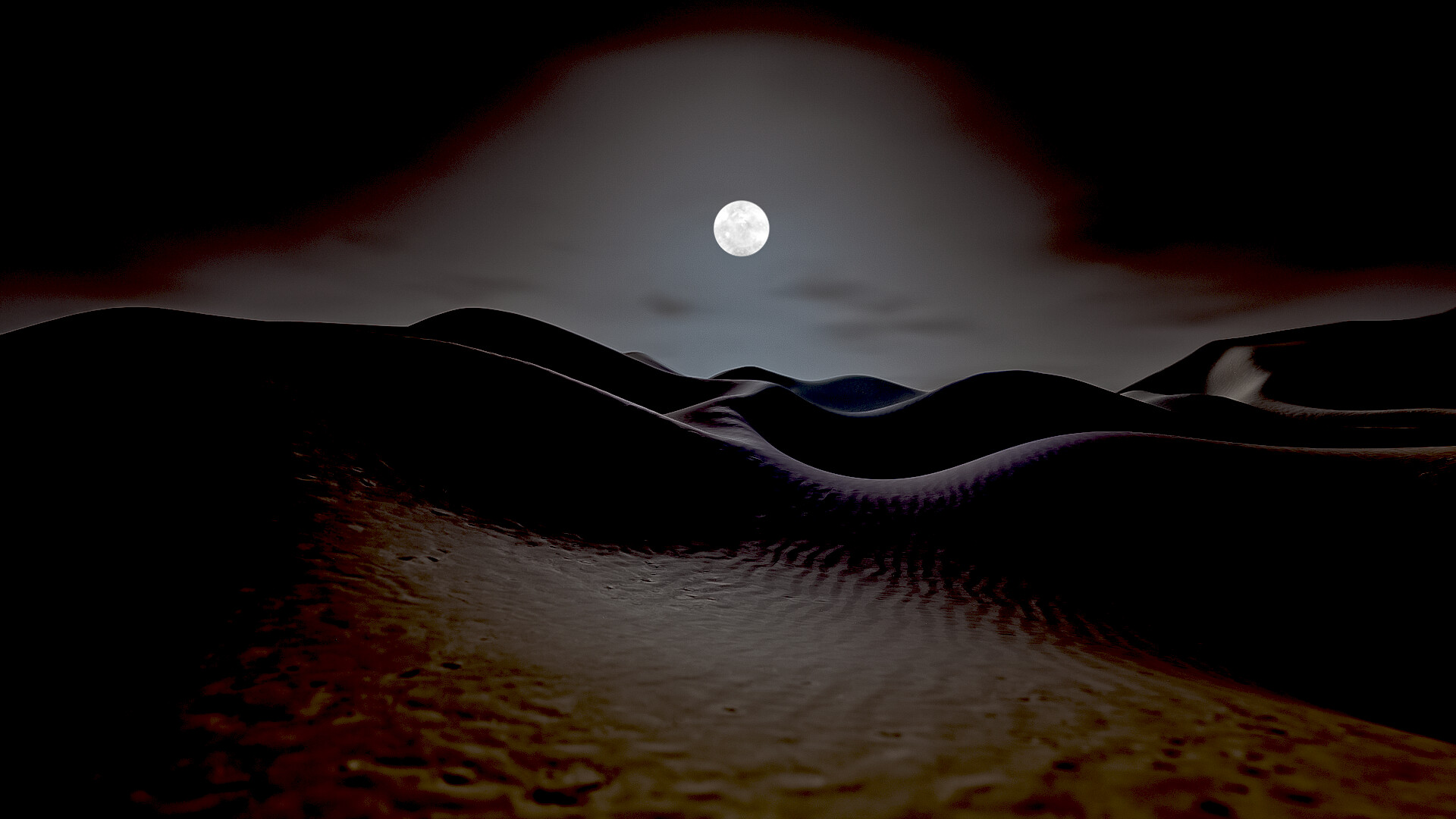
It’s a curious irony. We live in an age of information overload, where countless bytes of data circulate the internet every second. Yet, a vast majority of the dreamscapes designed in 3D remain unseen, locked away in private drives or scattered in obscure corners of the web. Platforms like ArtStation or DeviantArt offer glimpses, but the full breadth and depth of these masterpieces remain uncharted territory for most.
Crafted meticulously in Blender, a premier 3D software known for its comprehensive suite of tools, these designs represent countless hours of work. Each pixel is infused with intention, each texture woven with narrative, and every light source meticulously positioned to cast the right mood.
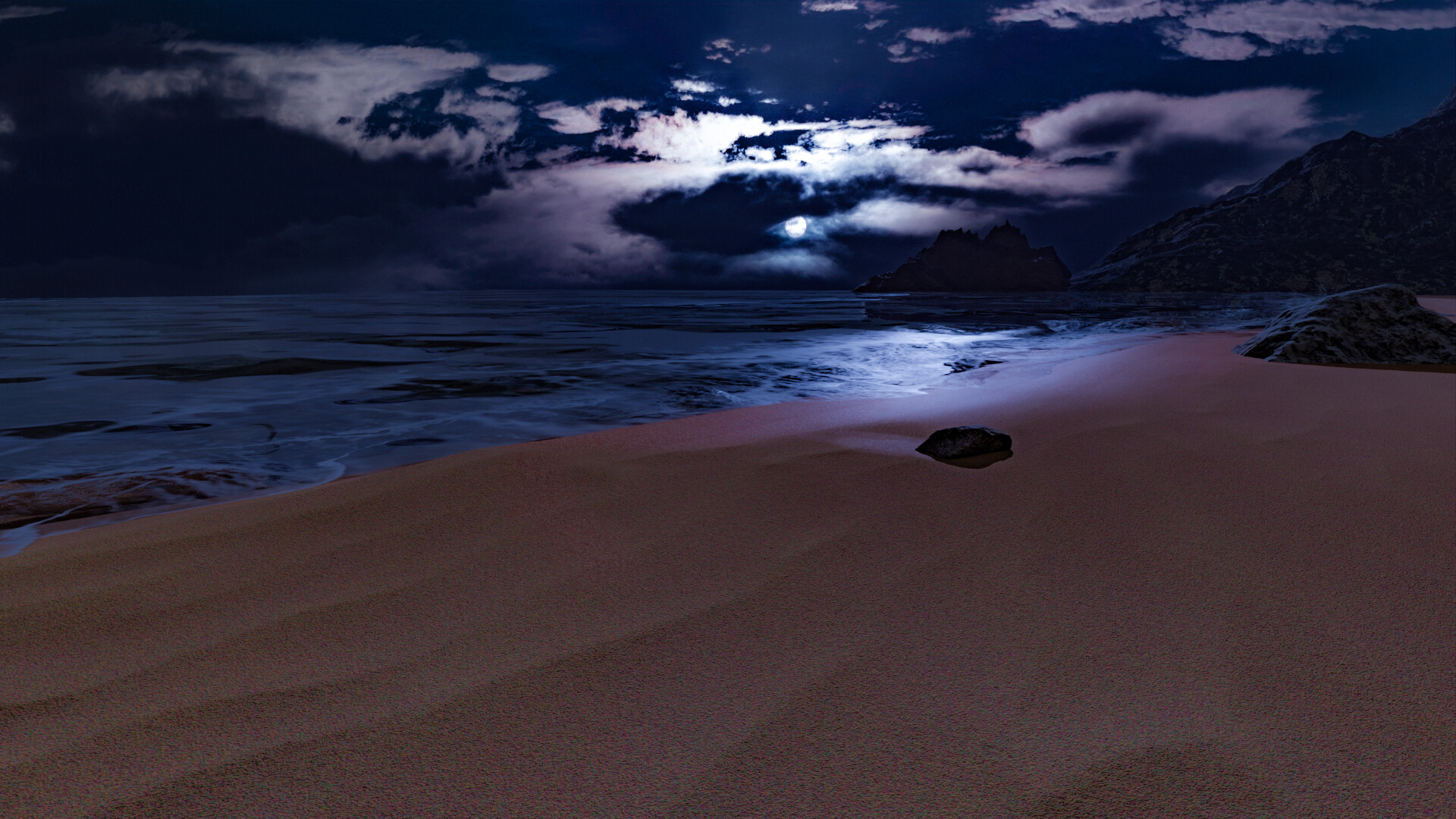
Beyond their aesthetic allure, these dreamscapes offer vast potential for the realm of virtual-reality (VR) gaming. Imagine donning a VR headset and not just observing, but immersing oneself in a landscape where waterfalls flow upwards, where forests glow, and where floating islands drift lazily in a cerulean sky. The gameplay possibilities in such environments are limitless, offering experiences that are not just about challenges or achievements, but also about exploration, wonder, and sheer experiential delight.
Given the rapid advancements in VR technology, gaming companies could collaborate with 3D artists, leveraging their surreal designs to create truly unique gaming experiences. Games could revolve around exploration, puzzle-solving, or even narrative-driven adventures that unfold in these enchanting terrains.
The pace at which 3D world design is progressing is breathtaking. Every year, software like Blender introduces new tools and refinements, making it easier for artists to translate their wildest imaginings into digital realities. Combined with the swift advancements in VR headset technology and hardware capabilities, we’re approaching a renaissance in how we consume and experience digital content.
However, with every leap forward, there comes a shadow of concern. As these virtual realms become more lifelike, immersive, and captivating, there’s a lurking danger of individuals becoming ensnared in digital fantasies. The allure of a dreamscape, where one can fly, conjure, or transform, might seem far more appealing than the humdrum of daily life.
.
The implications are profound. While on one hand, VR offers therapeutic possibilities – think of guided relaxation in a serene dreamscape or exposure therapy in controlled environments – there’s also the risk of people ‘unplugging’ from reality. The world witnessed the tip of this iceberg with the advent of massively multiplayer online games, where players often sacrificed real-world interactions, responsibilities, or even health, to dwell in their virtual avatars.
With dreamscapes in 3D, especially when combined with the immersion of VR, this detachment could intensify. Societies might grapple with challenges like Virtual Reality Dependency, where individuals prefer the dopamine rush of the digital dream over the tangible, often gritty, reality.
The realm of 3D design, especially with dreamscapes, stands at an exhilarating crossroads. The vistas of possibility stretch far and wide, promising experiences that our ancestors could only dream of. Yet, as with all potent tools, there’s a pressing need for ethical, balanced usage.
As we stand at the cusp of this digital dawn, it’s paramount to remember that while dreamscapes offer a tantalizing escape, they should complement, not replace, the textured tapestry of real-life experiences. After all, the most profound magic often lies in balancing the ethereal with the earthly, the dream with the waking reality.
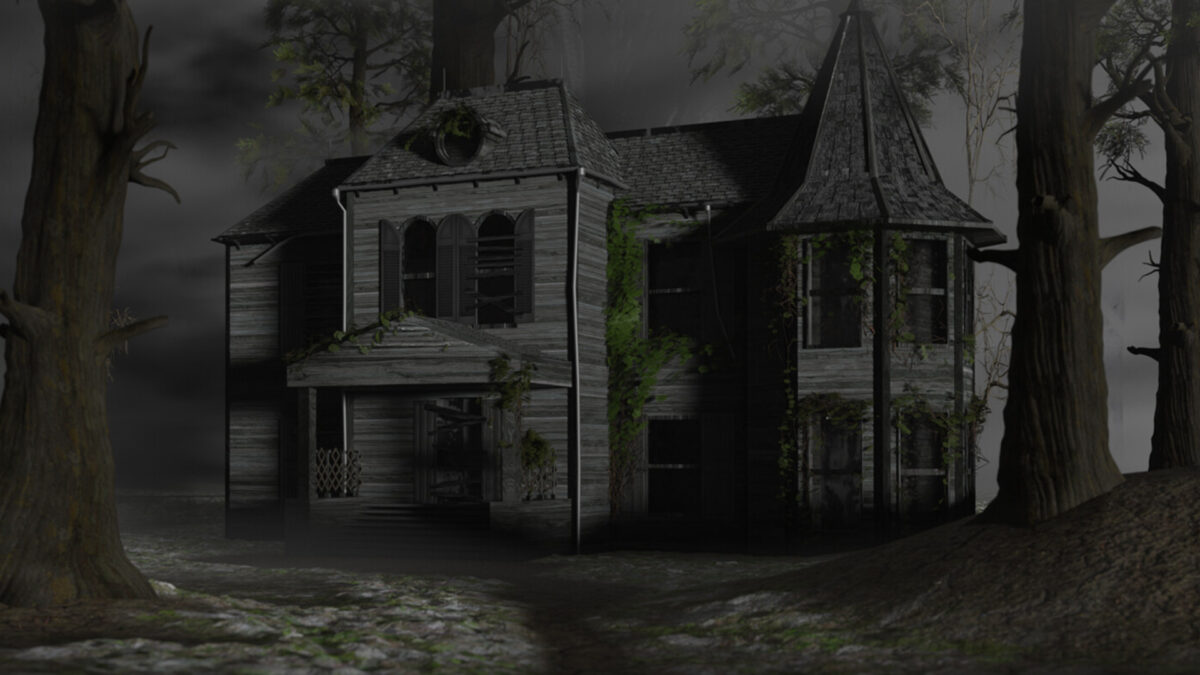
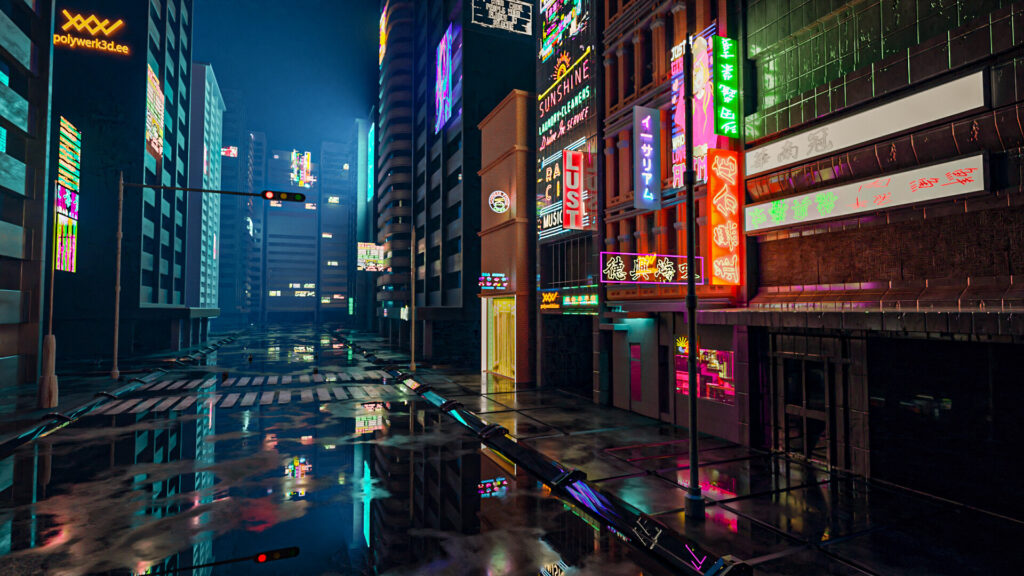
In the sprawling digital realm, countless edifices stand tall, representing the brilliance of human innovation and creativity. These edifices aren’t made of brick and mortar; they’re composed of pixels and polygons. Just as in the real world, where old buildings and entire towns are sometimes left to decay, there exists a parallel universe in the 3D-design space: the world of “3D Ghost Towns”.
Imagine wandering through a digital realm, discovering incredibly detailed, awe-inspiring 3D models of gothic mansions, ancient fortresses, and bustling metropolises. These models have been meticulously designed, showcasing the craftsmanship of artists from every corner of the globe. Yet, these designs, like many abandoned places in the physical world, remain desolate and unseen, hidden away in the private repositories of their creators.
Billions of these designs have been crafted, each unique, telling its story, and imbued with the passion and dedication of its creator. But here’s the tragic twist: a vast majority remain inaccessible to the world. They are the forgotten relics of the digital age, left to collect proverbial dust on hard drives and cloud storage.
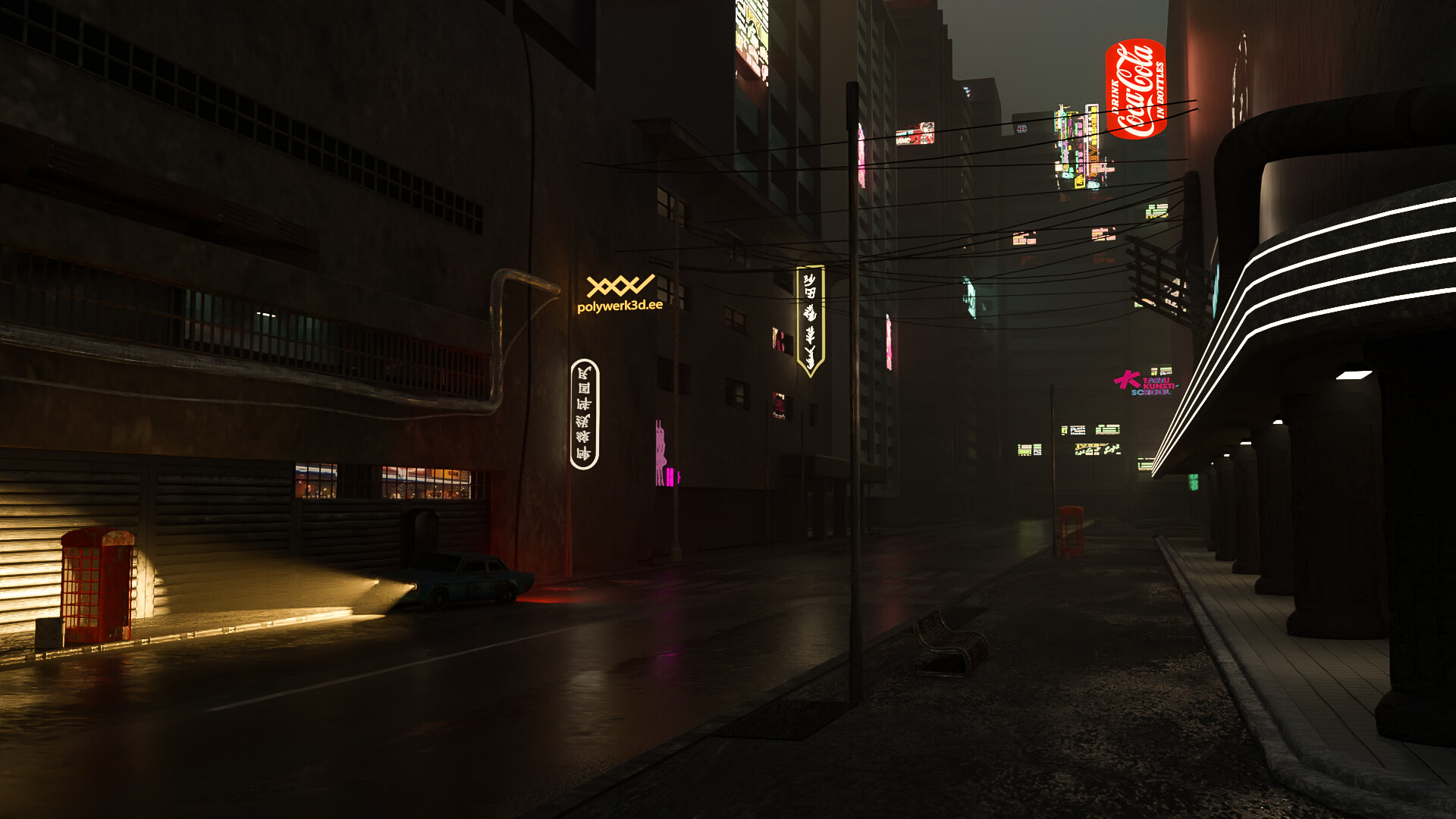
Every 3D model created consumes resources. Computers work tirelessly, running complex calculations, consuming electricity, and in turn, contributing to the carbon footprint. For every new design made from scratch, there’s a cascading environmental cost, from the power consumption of workstations to the servers that host software and resources.
Now, imagine the global implications if designers could access and repurpose those billions of ‘abandoned’ designs. By harnessing models that have already been crafted, designers could significantly reduce the environmental toll associated with starting from scratch.
Reusing and adapting pre-existing models could dramatically lower power consumption and, by extension, the digital design world’s carbon footprint.
Beyond environmental considerations, sharing and reutilizing 3D designs could spark new waves of collaboration and creativity. Instead of everyone reinventing the digital wheel, designers could build upon each other’s work, leading to innovation at an unprecedented pace.
Every hauntingly beautiful structure in a 3D Ghost Town embodies potential – potential to inspire, to educate, and to reduce the environmental impact of digital creation. Sharing platforms like Sketchfab have begun tapping into this potential, allowing creators to showcase, share, or even sell their designs. But more can be done. By establishing open-source repositories or platforms dedicated to the collective sharing of 3D designs, we could usher in a renaissance of sustainable digital design.
The haunting allure of abandoned places, whether physical or digital, often lies in their untold stories and the mysteries they hold. The 3D Ghost Towns represent vast untapped reservoirs of creativity and innovation. By bringing these digital ghost towns back to life and into the public domain, we could not only elevate the world of 3D design but also take meaningful steps towards a more sustainable and collaborative future.
The challenge, and opportunity, lies in shifting from a culture of hoarding to one of sharing, where every design, no matter how old or forgotten, has a chance to shine and serve a purpose once again.